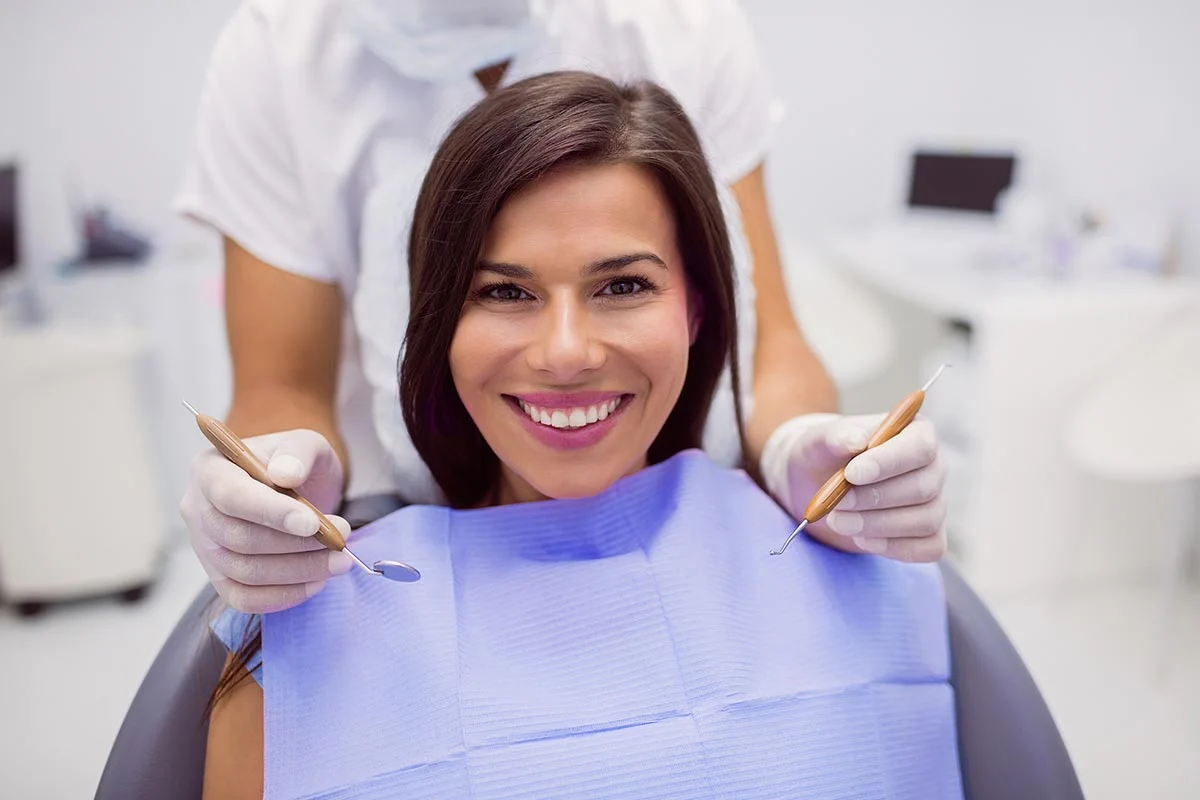
3 Surprising Causes of Bad Breath
August 31, 2021If you or your teen needs braces, you’re probably wondering whether to use clear aligners or traditional metal braces. Both options can successfully straighten teeth, but they work differently and have their own pros and cons. As your trusted Kirkland cosmetic dentist, I’ve outlined the key differences below so you can determine which orthodontic treatment may be better for your unique situation.
Clear Aligner Braces Overview:
Clear aligner braces like Invisalign or Candid Clear Aligners consist of a series of clear, removable plastic trays custom-fitted to your teeth. Each tray applies gentle pressure to shift your teeth into place incrementally over time. You switch to a new tray every 1-2 weeks as your teeth move.
Advantages of Clear Aligners:
- Less noticeable on your teeth for a discreet look
- Removable for easy cleaning and eating
- No metal brackets or wires that can irritate cheeks/gums
- May require fewer in-office visits than traditional braces
Disadvantages of Clear Aligners:
- Cost is higher upfront compared to metal braces
- You must be diligent about wearing aligners 22+ hours/day
- In certain situations, they may not be the right solution for major orthodontic changes
- Speaking may initially be impacted until you adjust
You can read more about the top benefits of clear aligners in this post.
Traditional Braces Overview:
Traditional braces (or brackets) are comprised of metal or ceramic brackets that are bonded to each tooth. An orthodontist attaches a wire through each bracket and can tighten it over time to shift your teeth into proper alignment. Elastic ties or bands are also used to guide tooth movement.


